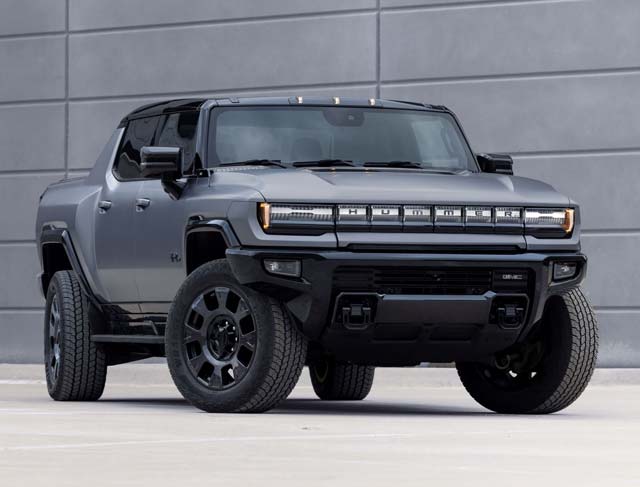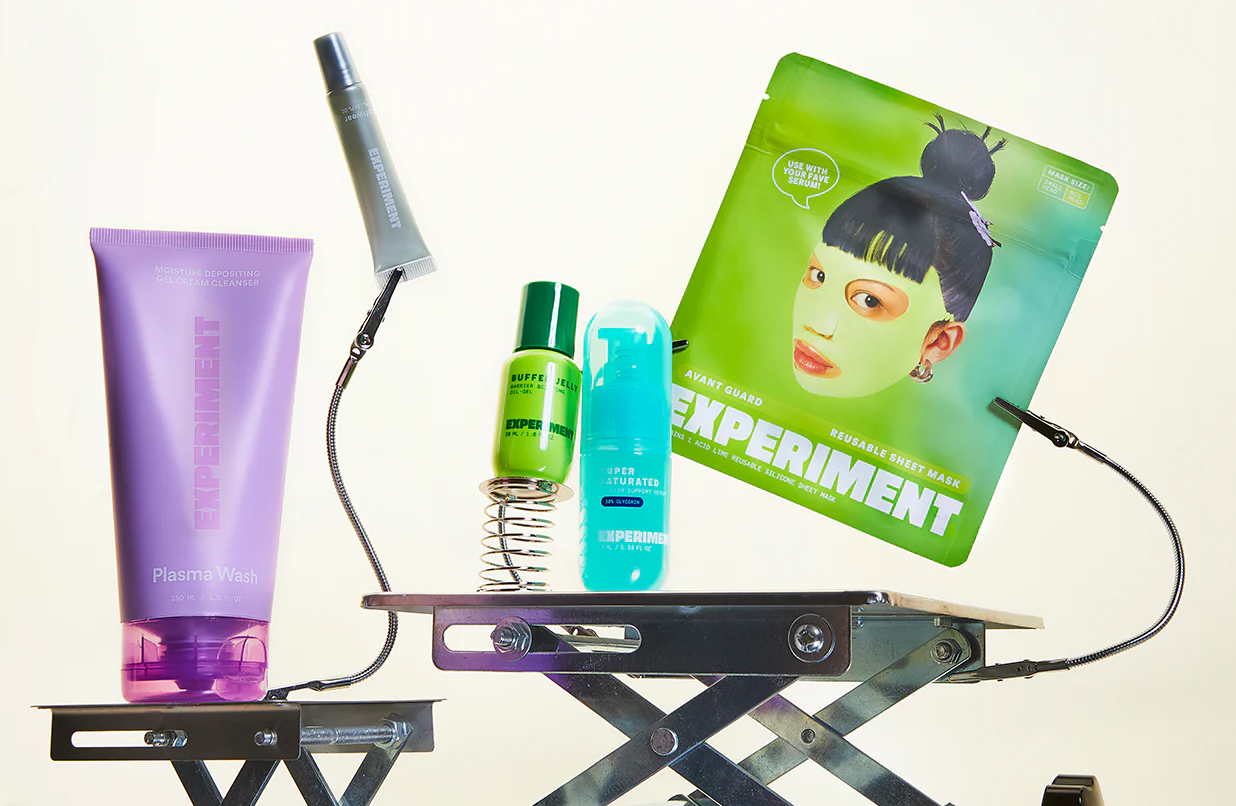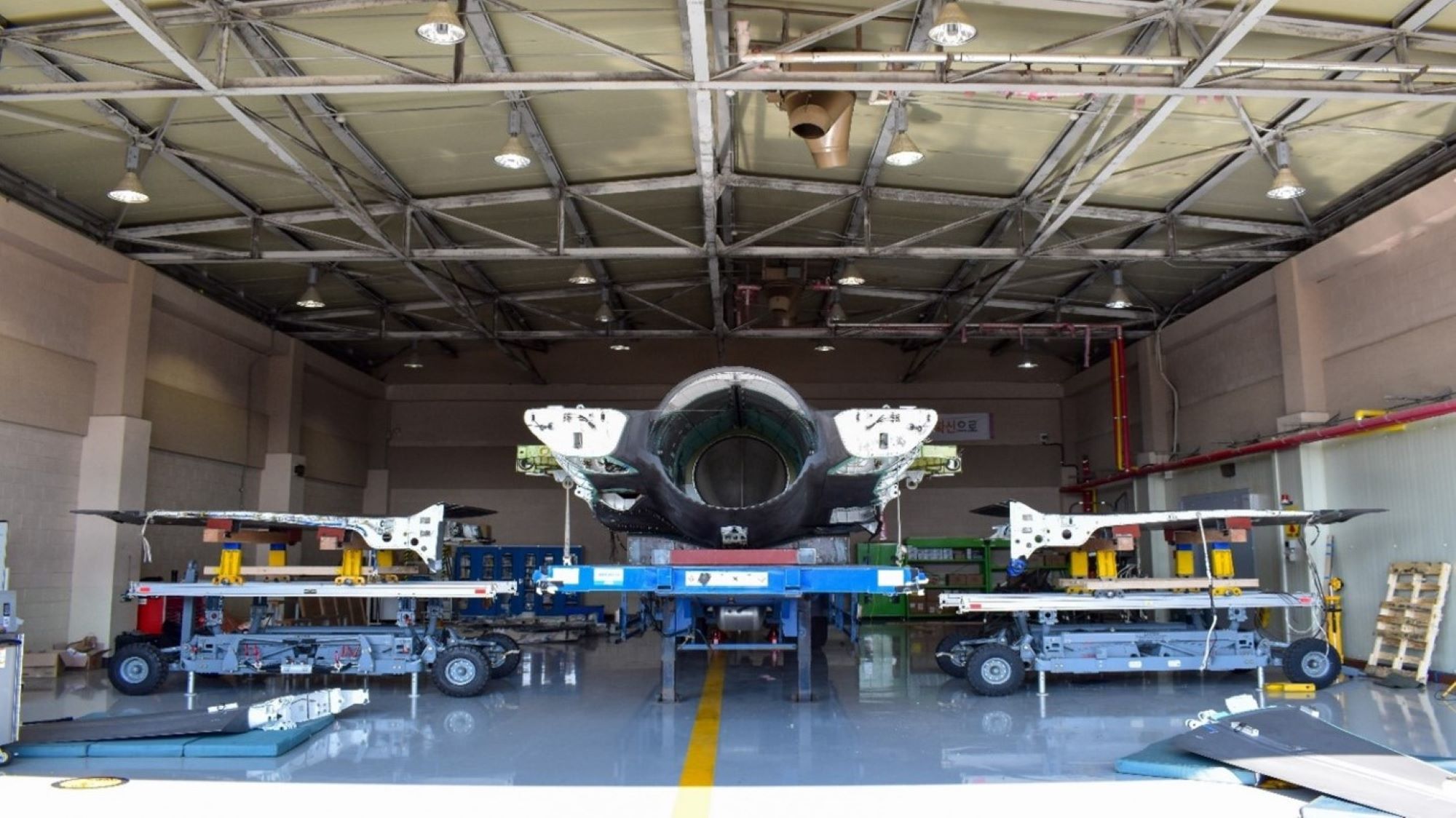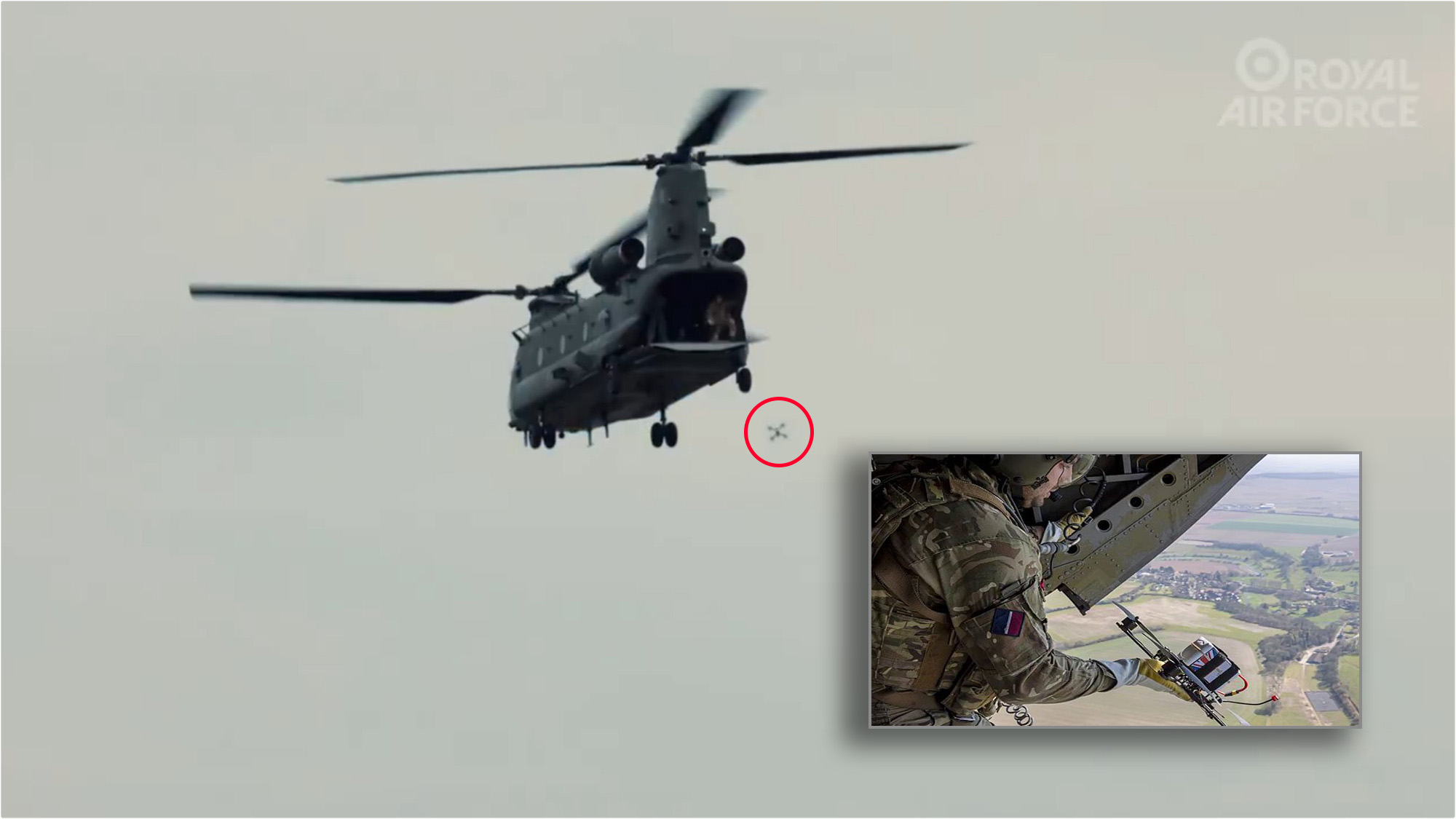Stuff We Use: Roof Racks
On our never-ending quest to improve this place by listening to feedback from the B&B, we are taking a new tack with these product posts, choosing instead to focus on items we use and have purchased with our own meagre income. After all, if we’re giving you the truth about cars, we ought to give you the truth about car accessories. Heading to the water with a canoe or dragging home improvement supplies for an ill-considered home reno can be a pain in the neck – especially if a sedan is the type of car which sits in yer driveway. Heck, even crossovers can pose a problem for these tasks. That’s when a roof rack can come in handy.


On our never-ending quest to improve this place by listening to feedback from the B&B, we are taking a new tack with these product posts, choosing instead to focus on items we use and have purchased with our own meagre income. After all, if we’re giving you the truth about cars, we ought to give you the truth about car accessories.
Heading to the water with a canoe or dragging home improvement supplies for an ill-considered home reno can be a pain in the neck – especially if a sedan is the type of car which sits in yer driveway. Heck, even crossovers can pose a problem for these tasks. That’s when a roof rack can come in handy.
Really, any vehicle can struggle to safely transport items longer than a car’s cabin dimensions. Roof racks have been around for ages to help solve this puzzle, though it must be said their sturdiness and overall build quality have increased by leaps and bounds in the past few decades. Back in the 1980s, the parental units of this writer bought a roof rack constructed completely from brittle plastic. As you might expect, the whole works released itself from the surly bonds of our Renault Encore, burying itself at highway speed underneath a hapless Dodge. Fun times.

The modern era means we can buy roof racks of much greater quality straight from places like eBay and, adjusted for inflation, the price isn’t all that much more dear. This rack is comprised completely of steel and shows up as a unit ready to go the moment it is taken out of the shipping box. All bars, hooks, and feet are included, plus a keyed locking mechanism with plastic weather caps. That’s the only plastic on this thing, by the way.
Installation is quick and painless, requiring no drilling of holes thanks to a mounting solution which clamps onto the car like a huge vise grip. The portion with rubber feet rests on the roof while the other hooks into a door opening. Allen-style bolts provides tension, though it needs to be said the bolt heads on our rack were of different sizes – yet only one Allen key was supplied in the box. A trip to my toolbox stash sourced a spare key to solve this problem though anyone without such a horde mess bounty may find themselves out of luck.
It was wrongly assumed by this authors the fastening style would produce more wind noise than found on a sailboat since the car door seals are now interrupted by the rack’s mounting brackets. Fortunately, that wasn’t the case in practice once the clamps were tightened securely onto the car. Note how the rubber feet don’t fit flush on the roof of this old Elantra, though no ill effects on stability or weight bearing were observed. This janky-looking quirk may annoy folks with an eye to detail. Wind noise from the rack itself is tolerable so far.
So, go ahead and buy that lumber for a basement project. Or some new kayaks you think will get used on weekends but are likely to loiter in the garage. Properly secured, roof racks like these will permit you to get it all home safely – and not wind up under the wheels of an old Dodge van.
As planned, this series of posts will continue to focus on items we actually use and have bought with our own money. We hope you found this one helpful.
[Images: Author]
Become a TTAC insider. Get the latest news, features, TTAC takes, and everything else that gets to the truth about cars first by subscribing to our newsletter.


















































































































































